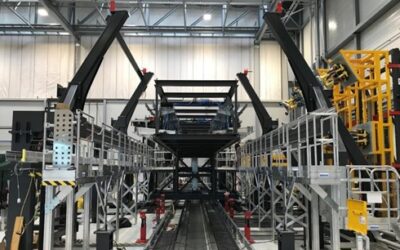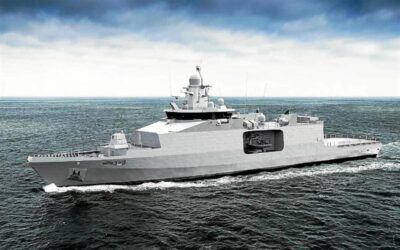The EcoMobility project aims at developing new ways to address challenges related to digital mobility, as well as validating the technologies developed through real-world use cases. In short, it aims to develop intelligent connectivity mechanisms and architectures for safer, greener, and more efficient road mobility.
The consortium developing this project consists of 47 partners in 9 countries, covering a wide range of disciplines from hardware and electronics design to battery management systems for electric vehicles, including software applications for autonomous driving and the development of smart cities, where CT and the Spanish part of the consortium are located.
The Spanish partners include IDNEO, in charge of infrastructure and hardware (5G-based IoT devices), SIGMA Cognition, which provides environmental perception software using computer vision technology, UC3M, which generates the digital map metadata, and CT, responsible for the development of the predictive digital traffic twin.
Key technologies in EcoMobility
A key technology is V2V and V2X communication, which is established between vehicles with other vehicles (V2V) or with infrastructures (V2X). The data obtained from this communication includes information on congestion, accidents, emergencies, road conditions and signaling, providing a complete view of the urban environment and current traffic. Even the avenue of communicating ground platforms with aerial platforms is being explored.
These communications seek to use vehicles more efficiently, optimizing routes and ensuring that all journeys are useful, especially in freight transport. Of course, these communications are protected by encryption and cybersecurity, especially when they involve emergency service vehicles (such as ambulance and firefighters, for example) and strategic vehicles, such as police and military vehicles.
Predictive digital twins
CT is leading the creation of the smart city’s digital twin and traffic prediction capabilities. Specifically, it is responsible for developing a traffic management system for smart cities, based on information provided by its project partners, such as sensor information and digital maps. Using graphic tools such as Unity and Unreal, the CT team is creating a virtual environment in which traffic can be simulated and predicted, adjusting variables at will and providing the virtual elements, whether cars, motorcyclists or pedestrians, with artificial intelligence and decision-making capabilities.
Using machine learning technology, the CT team trains decision-making models for vehicles and people, allowing the digital twin to autonomously make decisions in real time, as if it were a human mind. With continuous improvement of the algorithms, the results will become increasingly reliable, leading to a virtual city capable of predicting its own evolution and growing in a sustainable manner.
Benefits of predictive management
The creation of digital twins of roads and cities is crucial to anticipate future events and enable key actors, such as the Directorate-General for Traffic, municipalities and emergency managers to respond appropriately.
V2X communication is also vital for urban planning. It makes it possible to prioritize traffic according to circumstances, synchronize traffic lights, promote carpooling and optimize routes, among other things. These benefits also extend to the digitization of services such as parking search and, finally, to the interaction of V2X capability with physical vehicle systems such as braking assistants.


